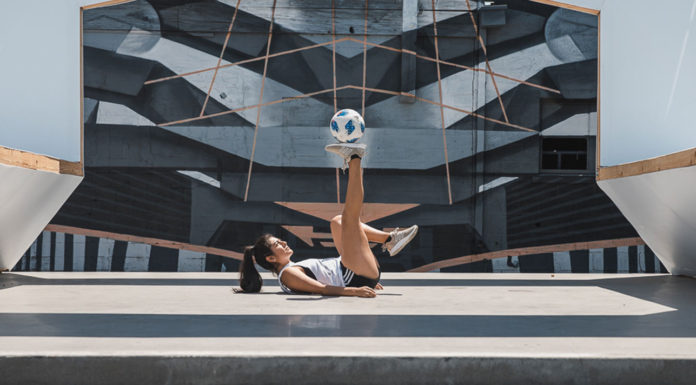With José Mourinho now out at AS Roma, we take a look at the Special One’s run in the nation’s capital — the ups, the downs, and everything in between.
José Mourinho twisted the throttle of his white Vespa through AS Roma’s Trigoria training ground in the summer of 2021. It became an iconic scene, capturing the excitement surrounding the Special One’s appointment as the new boss of the Giallorossi. It was the beginning of a particularly hot summer in Rome, with the temperature mirroring the tempers around the capital.
Roma had a rough 2020-21 season, failing to make it out of the Round of 16 in the Coppa Italia, faltering to Manchester United in the Europa League semifinal, and finishing a dismal seventh in Serie A. Paulo Fonseca’s suave style steadily became disheveled, and the club’s new owners, the Friedkin family, gave the manager marching orders by season’s end.
Although this was nothing new for Roma. The club has had a merry-go-round of managers, going through 11 in the previous decade. Continuity had not been a trademark in much aside from Francesco Totti and Daniele De Rossi.
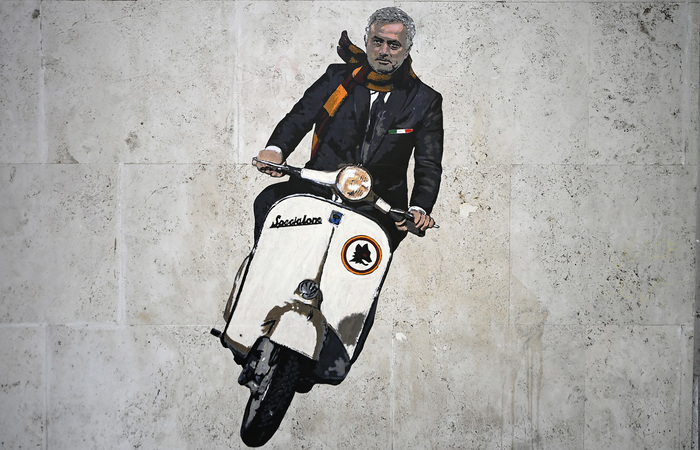
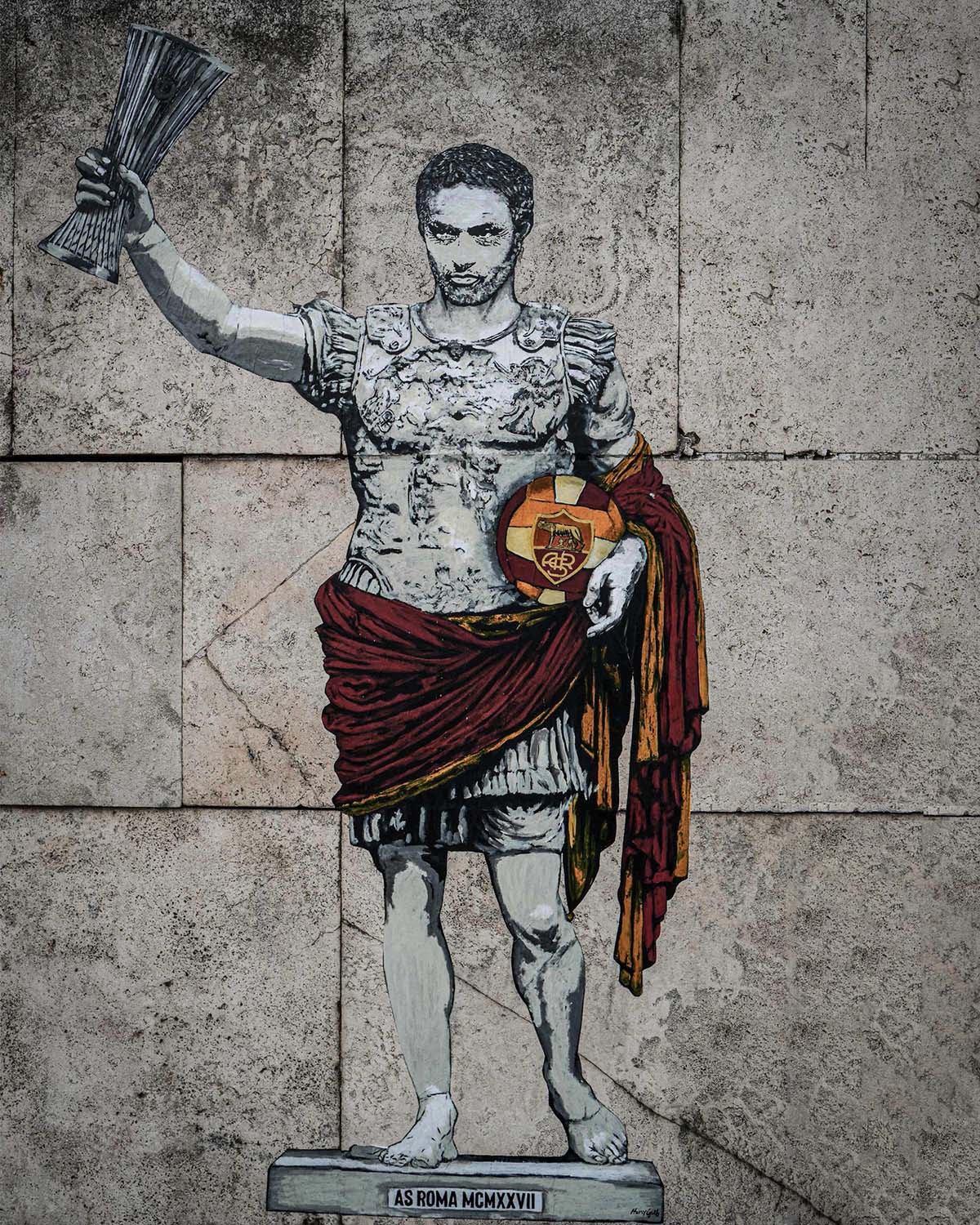
Mourinho’s signing sent shockwaves throughout the Eternal City. Fans went into delirium, sketching murals of him in a laurel crown as the emperor, left in the symbolic location at Circus Maximus. In the Roma hotbed neighborhood of Testaccio, a mural of the manager hitting the hills in his now-signature Vespa, went up as well. But even at the start, it wasn’t exactly the summer of love.
Mourinho’s sides had always depended upon a ball-playing midfielder who could also act as a disruptor. Target signing number one was Granit Xhaka, who had an expiring contract with Arsenal. Personal terms were signed, but at the last moment Arsenal manager Mikel Arteta pushed to keep the Swiss international as a role model for younger players at the club. The primary target had been missed, but there was another interesting name on the market identified by sporting director Tiago Pinto: Teun Koopmeiners, a Dutch two-way center midfielder who in his early 20s was already captaining his AZ Alkmaar side.
The press believed Roma were ahead in the move, until club legend Edin Dzeko turned in a late transfer request, which necessitated the club to allocate funds towards a new center forward. Tammy Abraham became an instant hit, but Mourinho’s module was compromised without a core midfielder for the first half of the season.
Sergio Oliveira became the “solution,” loaned in from Porto during the January transfer window. He fulfilled a role, but it would be unjust to say that the boss had gotten his key player.
Speaking of Abraham, about €41 million was forked over for the Englishman, almost tying the club’s record transfer fee. Eldor Shomurodov, a relatively unknown striker, was also brought in from Genoa for an €18 million fee — enough to put it within the club’s top 20 transfer fees of all time. Pinto indicated Shomurodov was a “good prospect,” but Mourinho had no knowledge of the 26-year-old Uzbek international.
Almost €12 million was spent on goalkeeper Rui Patricio, who was now in his 30s, and Matias Viña was a late transfer due to Leonardo Spinazzola’s major injury. It was a lot of cash being spent with many question marks of how and where the money was really being used. To be fair to Pinto, the last-minute natures of Dzeko’s transfer request and Spinazzola’s injury were no help.
It was season of more highs than lows, however. Abraham was dominant, mixing ferociousness in front of the net with linkup play, solo efforts, getting onto the end of essentially every header, and even scoring a magnificent bicycle kick goal. How he’d been able to make space for himself was remarkable, and the league’s defenders had no answer. His bond with the manager was immaculate.
The Conference League final victory broke Roma’s decade-long curse without any silverware. The parade had closed off Rome’s major arteries, with stunning visuals of Mourinho driving the actual player bus, and then on top of it — literally — with the Colosseum in the background. It was more than fair to say the emperor had taken his throne.
The title gave Roma fans and pundits an excuse to look the other way and ignore the underlying problems at the club. It didn’t take a Sherlock Holmes-esque detective to see the other side of things, however.
The team’s sixth place league finish was just one better than the previous season under Fonseca. Roma faltered in the first Derby della Capitale against Lazio by conceding three goals, and a pair of losses each to Juventus, Inter, and Milan by a combined score of 16-6 would soon follow.
The only consolation was a 3-0 victory in the second fixture of the derby. It was an abysmal run. It’s too much to say it raised concerns, but it definitely caught the eyes of fans among the myriad of comments from the manager regarding injuries and level of players.
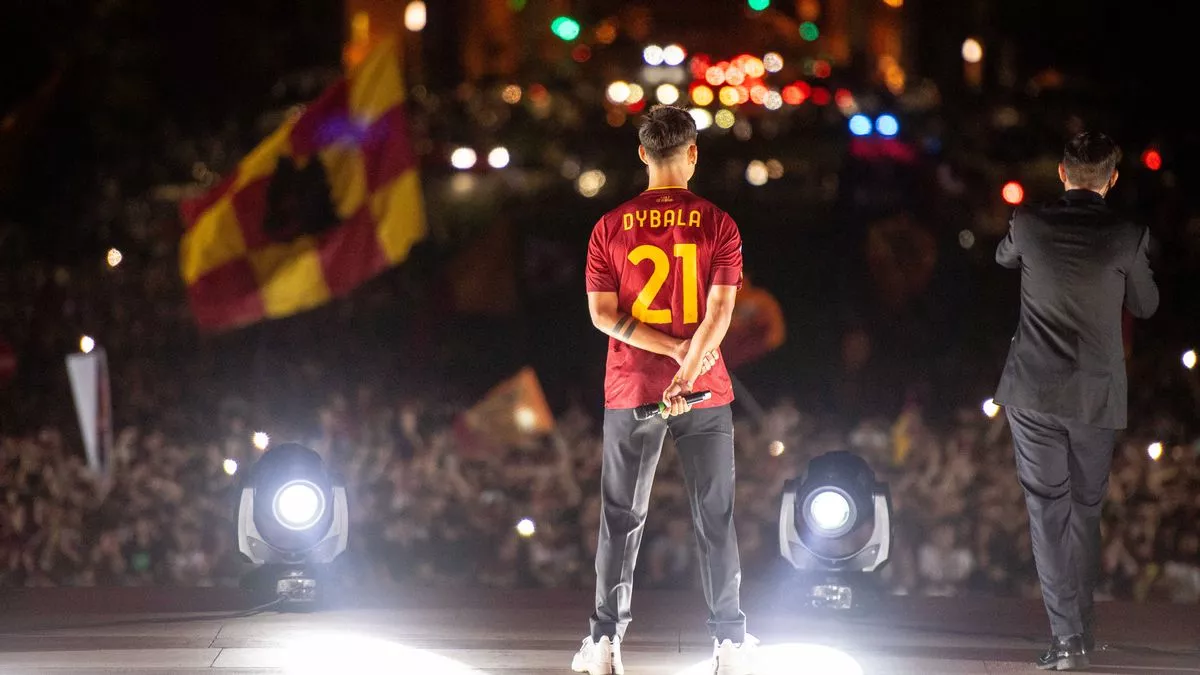
Given that Mourinho’s second year with previous clubs tended to be positive ones, many signs pointed towards improvements and fine tuning in the 2022-23 season. Then against all odds, Paulo Dybala was presented in front of the Palazzo della Civiltà Italiana (now owned by fashion house Fendi) in front of a crowd that looked more reminiscent of a new military general being appointed before the legions of Ancient Rome.
Outsnaking Inter Milan, Mourinho played his hand in helping Tiago Pinto get Dybala over the line. It was a deal Romanisti could have only dreamed of in the past — a talisman for Juventus, desired by Inter, but somehow landing in the hands of the Giallorossi. There was of course his long standing injury history that would have to be dealt with, but he seemed to be the cherry on top for Roma to go forward with loftier objectives.
It was a tour de force signing, which sent attendance to the moon. Whereas Mourinho’s first season had numbers up by several thousand, the compound interest of signing Dybala was more reminiscent of an S&P appreciation on a good year. The 2022-23 season had an average of over 62,000 per match — the third-highest mark in Serie A — making the 12th man omnipresent.
There was much to be hopeful for, and the Argentinian star could help his manager make that jump as the team settled in tactically and now had that X-factor. Zeki Celik was brought in to supply the right back role, Gini Wijnaldum for the midfield (although he’d have his leg broken after the first match of the season), Andre Belotti on a free transfer, and a reuniting with Nemanja Matic for his third stint with the manager. With a few other additions, Pinto had worked wonders with a transfer budget heavily restricted under Financial Fair Play.
It was poised to be, and ultimately did become Mourinho’s best season at Roma. The Europa League final loss does not tell the whole story. At the very end, one would have noticed a disappointed team walk off the pitch after an unlucky display in the penalty shootout. It was a horror show from referee Anthony Taylor, whose name still and will likely forever make Roma fans cringe upon hearing his name. After Taylor chose not to give the penalty kick for Sevilla’s handball in the box, Mourinho’s men fatigued into extra time.
Many felt that Roma were the better team and deserved that cup, suggesting it was an overall positive season even though Champions League qualification had not been achieved.
But, just as the previous season’s Conference League did, the European tournament overshadowed the domestic league Jekyll and Hyde form. The early tests of that season saw Roma draw against Juventus and take a loss at home against Atalanta, but followed it up with one of Mourinho’s best tactical displays defeating Inter in front of their home crowd.
However, Roma would lose twice to both Napoli and Lazio, and despite defeating Juventus in March, it was a second season of bleak results against rivals and the league’s top sides.
Abraham could not repeat his first season form, and adding injury to insult, he tore his ACL on the final match of the 2022-23 season.
Other players had bought into the system though, and became quite refined under Mourinho. While there is a trope that he made players look worse given his playing style, Roma’s core players developed, even in the middle of their careers.
https://www.youtube.com/watch?v=ksf8D_r2omM&pp=ygUaYnJ5YW4gY3Jpc3RhbnRlIGhpZ2hsaWdodHM%3D
Bryan Cristante became the most utilized field player in the league, whereas Gianluca Mancini became much more than a vice captain. There’s a picture somewhere on the internet of his bloodied face, grimacing through the pain. For the center back despised by the rest of the league for his hard-nosed play, he was reaching a new level as he matured in concentration and stabilized the backline.
Thirteen Primavera players made their debut under Mourinho, a policy that was not only necessary to keep fresh legs within the first team, but one which showcased certain players to the rest of the global stage, therefore inflating their values.
This was the case for Benjamin Tahirovic, who was sold to Ajax for an €8.5 million fee the summer following the Europa League final loss. Cristian Volpato and Filippo Missori headed to Sassuolo, raking in around €10 million combined.
The highest grossing sale of the summer though was Roger Ibañez to Al-Ahli in Saudi Arabia, at €30 million. Replacing the starter was young Ivory Coast international Evan Ndicka, brought in on a free transfer.
While most fans lost no sleep over the sale of Ibañez, I believe it was indirectly this sale, compounded by Abraham’s late injury, further made tragic by the situation in which Roma lost the Europa final, and Matic’s twilight transfer request as the slices of spoiled pie that led to Mourinho’s demise. The backline lost its continuity, the true backbone of the squad.
Just weeks into the 2023-24 season, Chris Smalling went down with injury. Making matters worse, Roma suffered a shock loss to start the season against Verona, which was a match where something seemed amiss. By October 1, the club had won just twice in the league.
But a new year would surely have given some well needed rest, and a long look in the mirror for everyone.
As part of the fallout, Mourinho’s press conferences became more and more “honest.” The Friedkins noticed the many times he mentioned he did not have enough quality for the result, or that the referees erred again, and that the only way through the hard moments was to assess and get back to work. It wasn’t false, though there did become a fine line between alibis and excuses.
The most frustrating response was his failure to take accountability. For as much as Mourinho became a father figure to the players he promoted, and a defender of the club’s name against the referees and the media, his claim that he didn’t have enough in the roster became increasingly apparent as an excuse for his inability to tactically innovate and come up with different methods to get Roma firing again.
Roma started 2024 with a decent performance against Atalanta, but the Coppa Italia quarterfinal against Lazio was concerning. Juventus loanee Dean Hoijsen was guilty of a soft penalty, which was converted, but the larger part of the story is that Roma went almost down by two within 10 minutes of succumbing the first goal. Wave after wave of Lazio was pressure was only met by reply in the dying minutes of the match. They had just two shots on target in 100 minutes of play.
The following match against Milan was one where Roma needed to reply. However, Mourinho would be missing, as he received his umpteenth suspension while in charge of the Roma bench. Roma let in three goals, and scored just once against the Rossoneri’s makeshift defense. The most troubling observation was Milan’s first goal, which made Roma’s once incredibly organized low-block look less assembled than a junior varsity marching band.
This resulted in Mourinho averaging just 1.45 points per match in the league, plummeting to ninth place in the standings, his lowest throughout all three seasons. He would not make it to the end of the month.
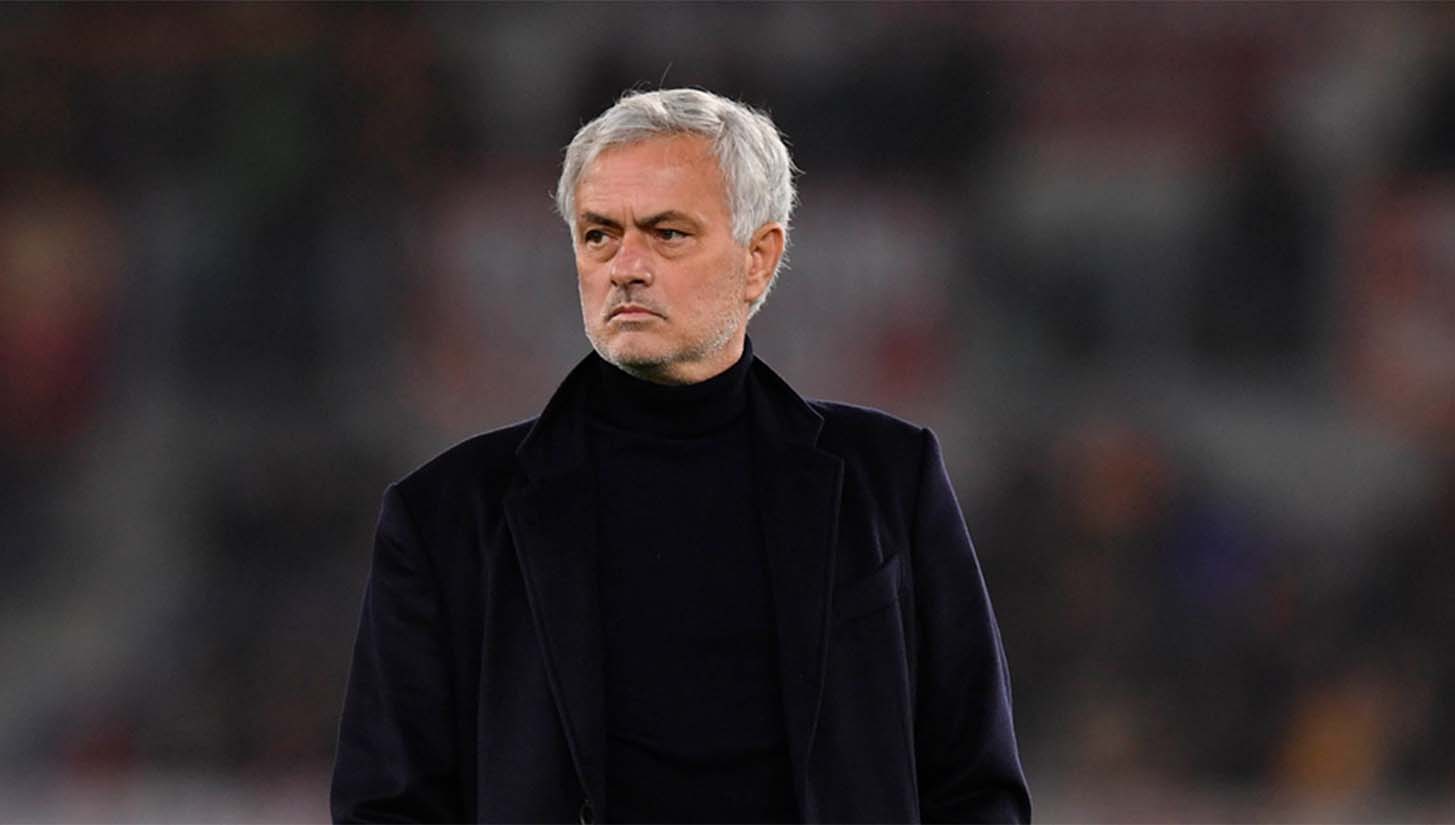
There’s a few different trains of thought in processing the Special One’s dismissal:
Option A, the condemners: “He’s past it, tactically and mentally.”
But if that were true, then what is to explain Roma just one penalty shootout away from winning back-to-back European trophies? Isn’t there something to be said for the meager transfer market, particularly in the last two seasons? And of course, the unending queue for the medical table.
Option B, the Mou fanatics: “He works miracles, Roma never won anything and look what he did without any cash.”
But if that held validity, why were his domestic results only marginally improved upon the work of the much more trophy-humbled (and younger) Fonseca? How is it possible that the club was in ninth place with a tandem of Dybala and Romelu Lukaku, had a pitiful track record against rivals, and was getting tactically outclassed by former Mourinho pupils like Thiago Motta?
Surely the group was much better than the displays they were putting in, sometimes three times per week.
In actuality, these are all slices of that spoiled pie. Mourinho never got that Xhaka-esque player he so badly needed. The closest thing the team had to that role was Matic, and Mancini was the only active player across the backline from the previous season. It proved too much to bear.
Mourinho’s tactics did work, but with the undervalued absence of these players, compounded by an inability to cover said players on short notice and through roster depth, the shockwaves were felt down to the foundation. Add in Mourinho’s stubbornness to maintain his siege warfare tactics — one which he’s built his Champions League victories on — and we uncover the crux of the issue. The rest of the squad could handle the tactics, but they were not adept to them. To isolate any one of these issues would be unfair to the total picture.
Consider that there were many truths at the same time, but none more so than that Roma needed new wind in its sails, wherever it may have come from. When you are the manager, you are paid to find solutions. At the epicenter of that role is responsibility, and when your team, regardless of the circumstances, sits in ninth place, and continues to lose the big games, and then even some of the small ones, it’s best to find a restart in any type of capacity.
Mourinho will go down as a legend in Roman folklore for his success in Europe, but also for how he stood up for the club’s name in the face of adversity. The admiration was apparent in Roma’s first game without him on the bench. His “coro,” or fan song, was sung around the stadium, with massive banners hung in the Curva Sud, with the ultras poster boarding their appreciation with one caption reading, “The only one to defend us, the last one to surrender. Thank you José.”
Wherever Mourinho decides to scoot onto next, you can bet the roads of Rome will always be made to feel like home.




